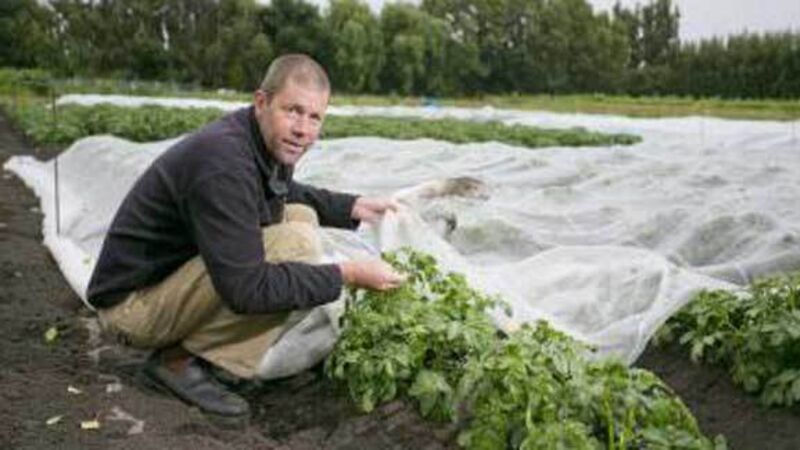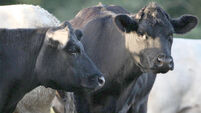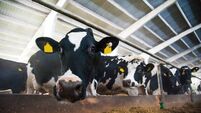Oliver Moore: Charles sets model for rest to follow

We’ve covered the context, some of the non-mechanical options and over a dozen mechanical weeding devices.
The final week in the series examines one small and one big weeding machine.
Many in the Irish organic sector will have fond memories of New Zealander Dr Charles Merfield, better known as Merf. Merf spent two years in Ireland and was a whirlwind of knowledge for the organic sector.
It was very obvious, very quickly, that he was playing senior hurling and everyone else at best intermediate.
Merf developed a four-wheel hoe, some of which he brought around to conferences and farm walks from time to time.
According to his own website, this four wheel hoe “fills a gap among weeding machines being created for growers producing crops on the bed system, i.e., not on ridges, with cropping areas too large to hand hoe and too small to justify tractor mounted hoes.
“It can control both inter-row (between the crop row) and intra-row (in the crop row) weeds by a combination of horizontal knife blade ‘T’ hoes and ‘mini-ridger’ hoes.”
For just 90 New Zealand dollars, you can purchase the plans and make it yourself, by emailing him at physical.weeding@merfield.com.
Merf has also developed steam weeders, flame weeders, and false seed bed tillers, which you can find out more about on his site: www.physicalweeding.com.
For larger tillage plantations using tractors regularly, Swedish manufacturers JCS have developed the Combcut. It was developed by Swedish organic farmer Jonas Carlsson.
There he farms 100 acres, growing heirloom grains and vegetables, along with forestry. He also has a farm shop on site.
In Scandinavian tillage farms, creeping thistle is a major problem.
The Combcut works by being able to differentiate between weeds and crops, in terms of the rigidity and thickness of the stems/stalks of both plants.
The machine combs through the crop but only cuts the weed. So a physical difference between the crop and the weed is required, in terms of thickness or branching pattern.
These knives are on adjustable steel beam, while the whole machine comes in either over 6.24m or 8.48m diameter models.
According to Joel Magnusson of Combcut “CombCut makes it possible to cut weeds down in unbranched crops like e.g. cereals, grassland and maize cutting coarser weeds like thistles, charlock, lambs’ quarters and many others.
If the crop is branched, as for soy or some vegetables, it’s possible to use CombCut by cutting weeds growing above the crop canopy. Cut weeds will fall down and, depending on the weather, decompose rather quickly.”
So CombCut can also cut weeds above branched crops like rapeseed, soy or some coarse crops.
He adds: “Of course the weeds should be cut before seeds got so mature that they will survive and mature when flowers/seed pods are cut.”
As with the System Camelon we featured last week, there are numerous videos where you can see the machine working in different fields with different crops.
For these go to www.justcommonsense.eu or their youtube channel “Just Common Sense AB”.
To conclude this series, it’s important to reiterate that full weed elimination is neither possible nor desirable in organics. To help with the crucial tasks for making weeds uncompetitive, there are other techniques and practices too, from mulching to rotations.
As I finish this article, and head off to bed, I’m a little stiff after another day spent in part hand weeding.
I‘ll be getting up tomorrow morning to hand weed on the farm here in Cloughjordan, again. It has to be said, many of these machines do look very tempting indeed.













